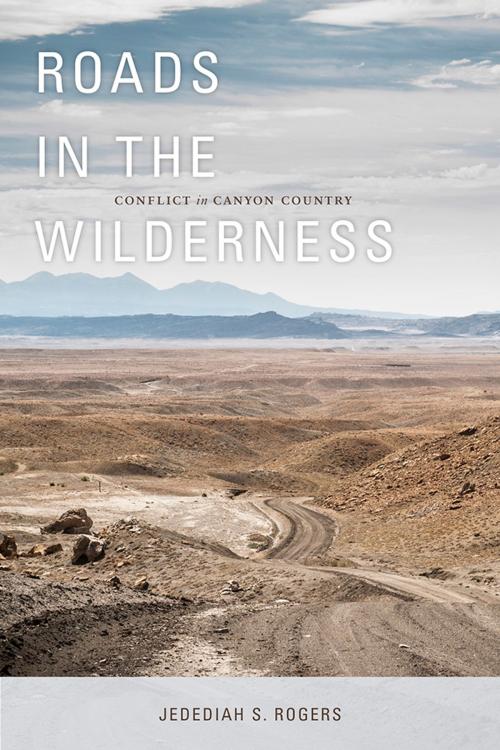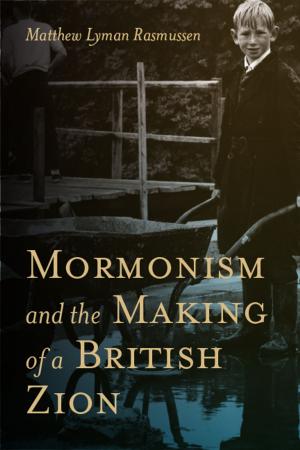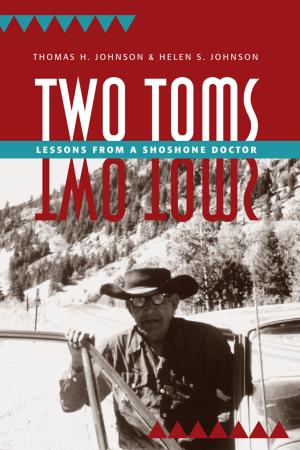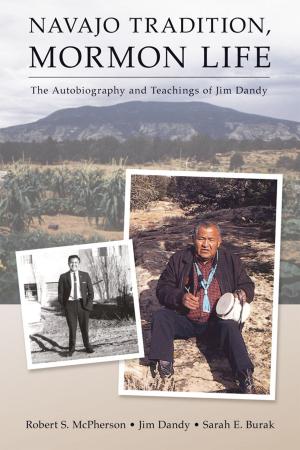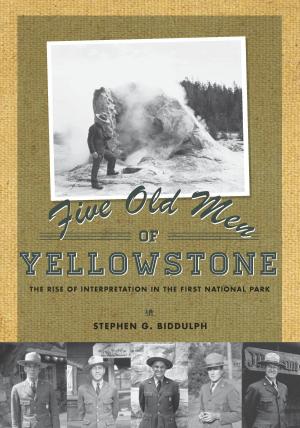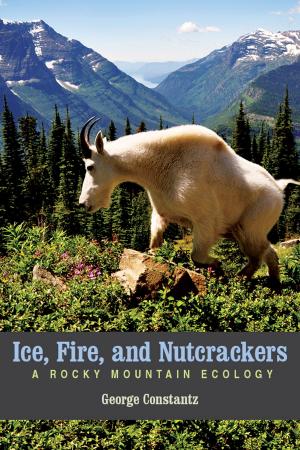Roads in the Wilderness
Conflict in Canyon Country
Nonfiction, Science & Nature, Nature, Environment, Environmental Conservation & Protection, History, Americas, United States| Author: | Jedediah S. Rogers | ISBN: | 9781607813125 |
| Publisher: | University of Utah Press | Publication: | November 15, 2013 |
| Imprint: | University of Utah Press | Language: | English |
| Author: | Jedediah S. Rogers |
| ISBN: | 9781607813125 |
| Publisher: | University of Utah Press |
| Publication: | November 15, 2013 |
| Imprint: | University of Utah Press |
| Language: | English |
Winner of the Wallace Stegner Prize in American Environmental or Western History
The canyon country of southern Utah and northern Arizona—a celebrated desert of rock and sand punctuated by gorges and mesas—is a region hotly contested among vying and disparate interests, from industrial developers to wilderness preservation advocates. Roads are central to the conflicts raging in an area perceived as one of the last large roadless places in the continental United States. The canyon country in fact contains an extensive network of dirt trails and roads, many originally constructed under the authority of a one-sentence statute in an 1866 mining law, later known as R.S. 2477. While well-groomed and paved roads came to signify the industrialization of the modern age, twentiethcentury conservationists have regarded roads as intrusive human imprints on the nation’s wild lands. Roads connect rural communities, spur economic growth, and in some cases blend harmoniously into the landscape, but they also fracture and divide, disturb wildlife and habitat, facilitate industrial development, and spoil wilderness.
Rogers reflects on the meaning of roads amid environmental conflicts that continue to grip the canyon country. Transporting readers from road controversies like the infamous Burr Trail battle to the contentious web of roads in Grand Staircase–Escalante National Monument to off-roading in Arch Canyon, Rogers demonstrates how the conflicts are deeply rooted in history and culture. The first permanent Anglo-American settlers in the region were Mormon pioneers and current views about land and resource use in southern Utah often derive from stories about how those pioneer ancestors defied wilderness to found their communities in the desert. Roads in the Wilderness will be of interest to environmentalists, historians, and those who live in the American West, challenging readers to think about the canyon country and the stories embedded in the land.
Winner of the Wallace Stegner Prize in American Environmental or Western History
The canyon country of southern Utah and northern Arizona—a celebrated desert of rock and sand punctuated by gorges and mesas—is a region hotly contested among vying and disparate interests, from industrial developers to wilderness preservation advocates. Roads are central to the conflicts raging in an area perceived as one of the last large roadless places in the continental United States. The canyon country in fact contains an extensive network of dirt trails and roads, many originally constructed under the authority of a one-sentence statute in an 1866 mining law, later known as R.S. 2477. While well-groomed and paved roads came to signify the industrialization of the modern age, twentiethcentury conservationists have regarded roads as intrusive human imprints on the nation’s wild lands. Roads connect rural communities, spur economic growth, and in some cases blend harmoniously into the landscape, but they also fracture and divide, disturb wildlife and habitat, facilitate industrial development, and spoil wilderness.
Rogers reflects on the meaning of roads amid environmental conflicts that continue to grip the canyon country. Transporting readers from road controversies like the infamous Burr Trail battle to the contentious web of roads in Grand Staircase–Escalante National Monument to off-roading in Arch Canyon, Rogers demonstrates how the conflicts are deeply rooted in history and culture. The first permanent Anglo-American settlers in the region were Mormon pioneers and current views about land and resource use in southern Utah often derive from stories about how those pioneer ancestors defied wilderness to found their communities in the desert. Roads in the Wilderness will be of interest to environmentalists, historians, and those who live in the American West, challenging readers to think about the canyon country and the stories embedded in the land.
